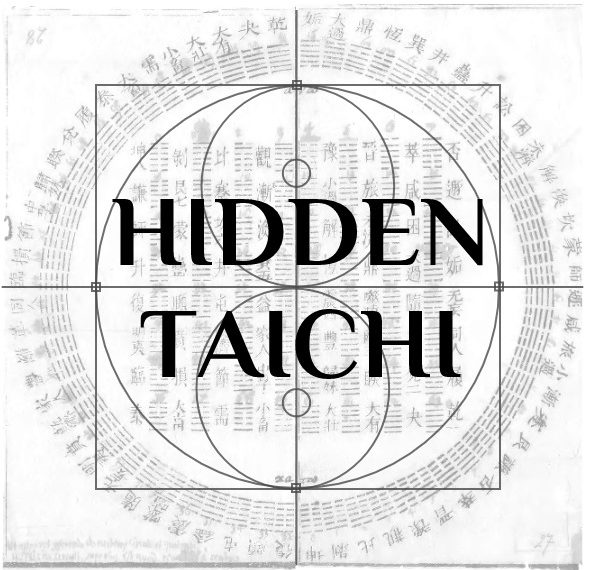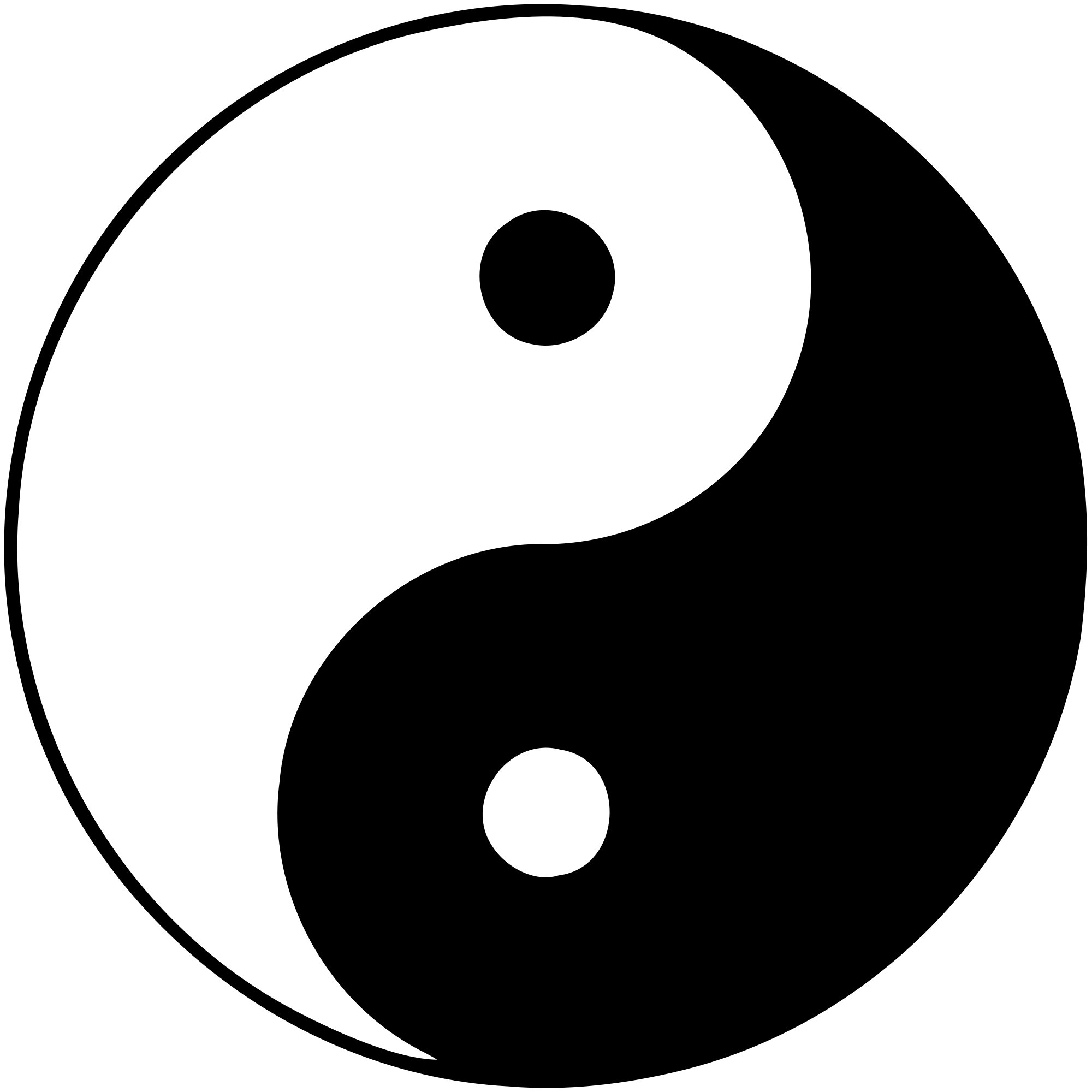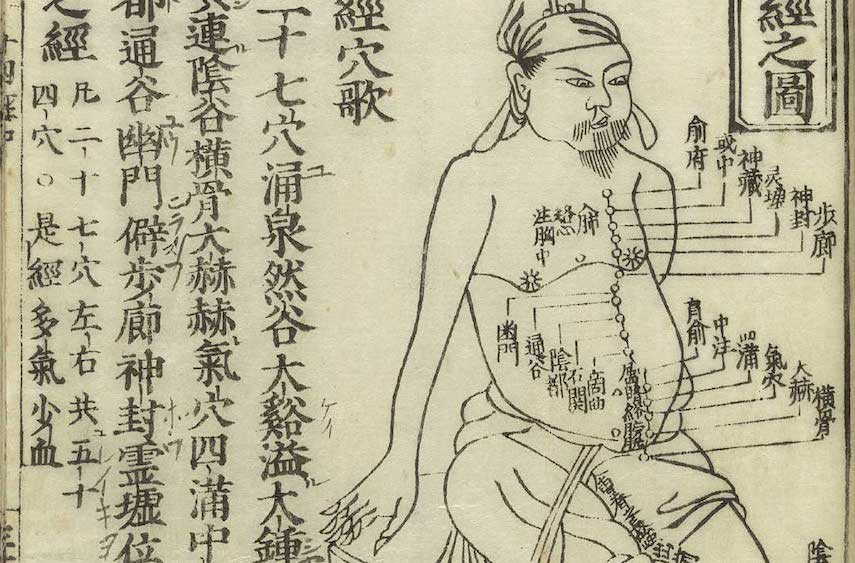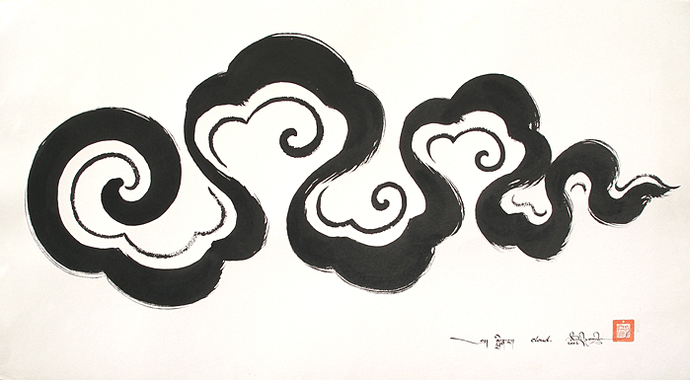
What Is Tai Chi?
What is Tai Chi and why should you do it?
Most people have heard of Tai Chi and have a vague sense of what it is; they think of old Chinese people in the park moving slowly, or that one weird class they took for a semester in college.
What is Tai Chi:
Tai Chi is a Chinese martial art that was created in the 1850s by Yang Luchan. There are many stories about the creation of this art, some involving Zhang Sanfeng, a Taoist saint, some involving the Chen family who claim to have created Tai Chi decades before. But the name Tai Chi Chuan ( the full name of this art) is not recorded until the 1850s.
Tai Chi has two claims to fame: when it appered in the 1850s, it was considered one of the best martial art in the land. Yang Luchan became famous by winning fighting contests that drew martial artists from all over China. Secondly, it is renowned for its health and longevity effects on the people who practice it. It is now primarely done for the health benefits, and very few people practice it as a martial art.
Why Do Tai Chi:
The health benefits are based on the slow gentle movements of the empty-hand Form, which invigorate the soft tissues of the body, and the energy work which is baked into the practice. Moving through the Form invigorate the energy channels that nourish the internal organs, keeping them healthy and youthful.
The most concrete benefits, of Tai Chi and the reason why doctors recommend it, is that it reshapes your connection between mind and body: it calms the mind, improves your posture and enhances your balance and flexibility.
Why “Hidden” Tai Chi?
The Form taught here is called the Hidden Tradition of the Yang Style of Tai Chi Chuan ( or Yangjia Michuan taijiquan in Chinese).
It is “Hidden” because, as the story goes, Yang Luchan was asked to teach his martial art ( Yang Style Tai Chi) to the ruling elites in the Chinese capital of Beijing. But as an ethnic Han (the native population of China), he was reluctant to teach the ruling ethnic Manchu (the descendants of the Mongol invaders). So he taught them a diluted version of his art, keeping the real jewels of his teachings secret. Teh Hidden Tradition is the undiluted version of his art.
How is it different?
The Hidden Tradition (sometimes called the Michuan style) is more precise, more demanding, and much, much more rewarding. The Hidden style is more grounded into the martial art, so each move in the Form is a real self defense and fighting move. It contains all the techniques you would need to be successful in a fight.
The Hidden Tradition also has deep roots in Taoist energy work. There are many technical details in the Form that are there to make sure that energetic pathways are opened and stimulated, that the energy centers (the three Dantians) are develloped and filled, and that the development of superior energy projection abilities are baked in.
What makes this class different?
This class is dedicated to introducing new people to the life-transforming aspects of the Hidden Tradition of Tai Chi.
If you are new to Tai Chi:
You can jump in to the most complete system of Tai Chi on the planet. It is precise, challenging, and transforming. You will find your body, your balance, your root, and your power, which will transform the way you deal with the outside world and your relationship with your body. This practice has helped people become more stable on their feet, and more secure in their emotions.
If you have Tai Chi experience:
The Hidden Tradition has all the bits that you are missing from your usual practice. The martial applications are clear and useful. The Push Hands exercises and techniques are practical and profound. The energetics will open up the channels that have remained blocked no matter how much you trained. This is the real thing.
What Is Tai Chi
Why “Hidden” Tai Chi
Some Terms

YIN AND YANG
The complimentary opposites at the heart of T aoist teachings. The most important thing to remember is that Yin and Yang are not things, they are concepts. It is a way to think about the relationship between two (or more) things. They highlight the
relationships that exist: one cannot exit without the other, they generate each other, and compliment one another.
So anything can be both Yin or Yang,it all depends on what it is being compared to. A man can be Yang, compared to the Yin of a woman. But that same woman is Yang to her daughter’s Yin. Similarly, the man is Yin to his father’s (or mother’s) Yang. Yin is the feminine, dark, heavy, soft, absorbing energy. Yang is bright, distant, light, hard and masculine
Qi (or Chi)
Is the life energy that flows within every living thing – humans, plants, animals…. It is both an organizing energy, a sustaining energy and the way in which the spirit and the body communicate. It flows, it can be blocked or hindered, it can stagnate. It is the energy which is worked on during acupuncture. It can be developed through exercises (like Qigong) or wasted through bad life habits.
Qi is at the basis of Traditional Chinese medicine. Whether you
believe in Qi or not does not matter. It is a useful concept to use when discussing flow, or the integration of mind, movement and breath.


Breathing
There is a lot of breath work in Tai Chi. Breathing is the link between mind and body. Deep breathing also triggers a reduction in stress hormones. The breath becomes a focus for the chattering self, leading to a meditative state of mind.
The breath is also a metaphor of the invisible interaction of mind and body, and of Qi – natural processes that can be both automatic and controllable if we put our mind to it.
